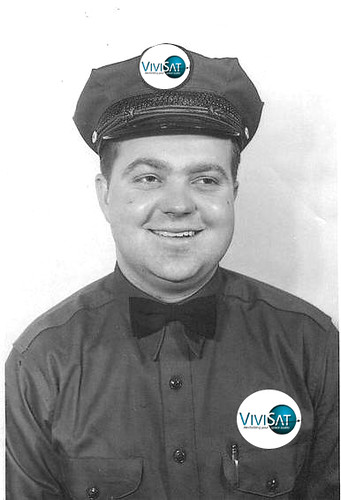Fill Er Up, ViviSat!

Satellite operators have dreamed of refueling their nearly end-of-life spacecraft for years, especially once they’ve experienced the positive cash flows from fully-depreciated, fully-booked spacecraft. Universally, a straight-line depreciation is used and based on the spacecraft’s design life, typically 15 years. With modern missions projected to operate up to 23 years, a CFO’s eyes pop in positive amazement. Now, imagine extending the spacecraft service life for another ten years via in-orbit refueling.
Last year, the folks at MDA in Canada proposed such a system at the World Space Risk Forum in Dubai, even going so far as to hint of signing a customer (probably Telesat). The pitch…
In a presentation here to the World Space Risk Forum, Duffield said the company has spent some $3 billion over the years on robotics, with a quarter of that investment applicable to in-orbit servicing missions.
As explained by Duffield, the refueling vehicle would dock at the target satellite’s apogee-kick motor, peel off a section of the craft’s thermal protection blanket, connect to a fuel-pressure line and deliver the propellant. MDA officials estimate the docking maneuver would take the communications satellite out of service for about 20 minutes.
The business model, which is still evolving, could ask customers to pay per kilogram of fuel successfully added to their satellite, with the per-kilogram price being a function of the additional revenue the operator can expect to generate from the spacecraft’s extended operational life, Duffield said.
The servicing robot would have an in-orbit life of about five years, and would carry enough fuel to perform 10 or 11 satellite-refueling or orbital-cleanup missions. Duffield declined to disclose the approximate cost of the mission.
Last week, rocket scientists the world over were presented with a new company, ViviSat, that would get into this type of service. A joint venture between ATK and U.S. Space LLC, ViviSat aims to please:
ViviSat’s Mission Extension Vehicle (MEV) is designed to dock with the orbiting satellite, securely latch on to it, and serve as a back-up propulsion system. This enables a mission extension for satellites which have run out of maneuvering fuel yet still have plenty of electrical power to operate their payloads. ViviSat services include rendezvous and docking without interruption of satellite operation, long-term station-keeping and attitude control, relocation to different orbits or orbital slots, de-orbiting, and rescue and re-orbiting of satellites stranded in incorrect orbital slots.
The people running the business are very good at what they do and have a refreshing, old-school approach to delighting their customers. Technically, it’s an immensely complicated business model, but I think they can get it done.
Remember the gasoline service stations from way back? Clean your windshield, check your oil? Absolutely!
[…] Give Me Fuel var addthis_product = 'wpp-254'; var addthis_config = {"data_track_clickback":true}; The most significant real news coming out of last week’s Satellite 2011 show in Washington was the contract between Intelsat and MacDonald, Dettwiler and Associates Ltd. (MDA) of Canada to re-fuel orbiting geosynchronous spacecraft. If successful, it has the potential of shifting the economics of satcom services. MDA has the experience and it takes away some of the thunder created by ViviSat earlier this year. […]